Best global metro systems (part 2)
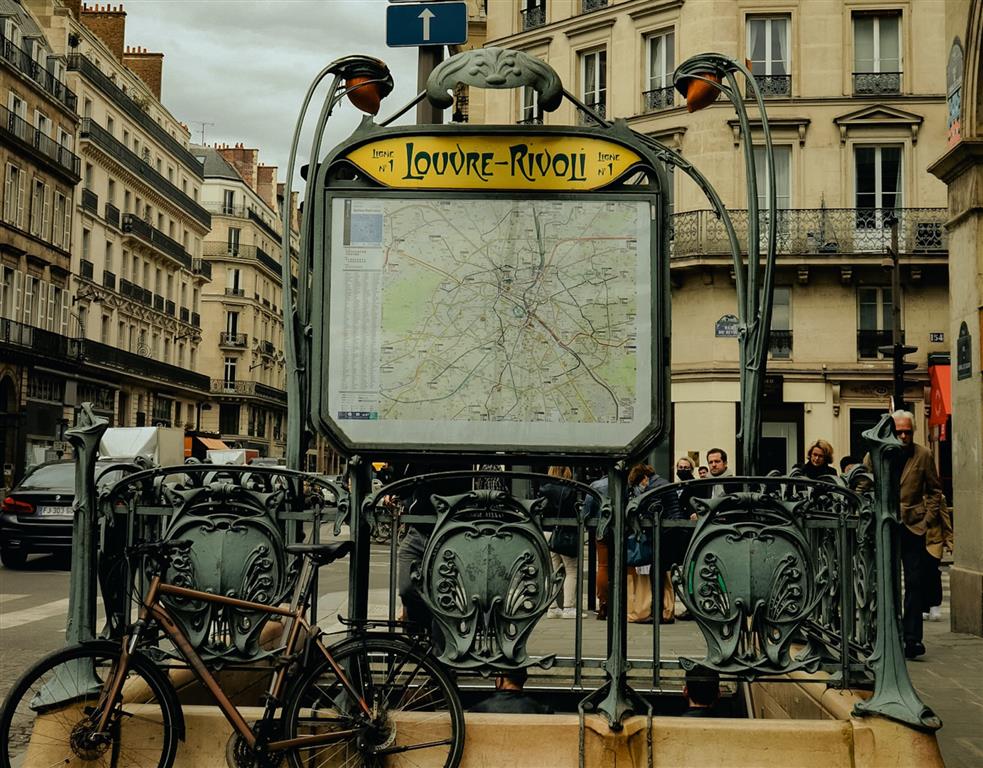
In this part 2 on Global Metro Systems, we look at other remarkable metro networks based on their efficiency, innovation, carbon footprint and aesthetics.
There are many other metro systems in the world that are less busy and famous than the big, well-known ones but are unique and remarkable in their own right (see here for part 1).
Paris, Art Nouveau charm
The old-school charm of the Paris Metro is what attracts scores of visitors. Paris Metro is remarkably compact and has 16 interconnected lines with 303 stations covering an area of only 87 square km. The tracks are 219 km long in total. It is the third longest European line after London and Madrid. It is one of the oldest metro in the world, opening shortly after the one in London (see our first article).
The Paris Metro was inaugurated in 1900 during the Exposition Universelle (World's Fair) and holds historical and architectural significance. Stations are architecturally unique and many are heavily influenced by Art Nouveau design elements, including iconic entrances designed by Hector Guimard.
The first Line (later named 1 of course) to connect Porte de Vincennes to Porte Maillot opened in 1900 whilst the last Line 14 was opened in 1998. The symbol for the metro is usually a letter M, or the words Métro or Métropolitain. Each line is numbered from 1 to 14, and the two additional lines are called 3bis and 7bis. Lines are easily identified by number and colour.
This network transports over 1.5 billion passengers annually in the Paris metropolitan area. It is considered one of the five busiest city rail services in the world. Trains run from 5:30 a.m. to 1 a.m. On Fridays and Saturdays, the service is open until 2 a.m.
Tickets can be purchased at ticket vending machines only. There are various ticket options, including single-use tickets, multi-journey tickets, and weekly/monthly passes. The Navigo card is a popular choice for locals, offering unlimited travel on the Metro, buses, trams, and RER suburban trains within specified zones. The tickets have no expiry date and can be used at any time. Since 2023, they do no longer sell books of 10 metro tickets (but it's still possible to get a single only, usually 10% more expensive) but everyone can get a Navigo Pass and load books of tickets on the card.
Since 2000 all the metro system is covered by mobile networks.
The Paris Metro has seen ongoing renovation projects aimed at improving infrastructure, accessibility, and passenger experience. Stations have been renovated to make them more welcoming and accessible to people with reduced mobility. Line 1 and 14 are automatic, which means that the trains operate without onboard drivers, and the entire line is controlled by automated systems. Line 14 (also called Meteor) was the first line to be fully automated and Line 1 underwent a significant upgrade to become the second automated line. A full automation of Line 4 is expected to be compled by the end of 2023.
Paris continues to invest in expanding and improving its Metro system. Some of the notable projects and developments include a new circular Line 15 around the city, part of the Grand Paris Express (a project to extend some lines and reduce congestion), and the extension of Line 11 to the east of Paris.
Seoul, with Wi-Fi and televisions on most trains
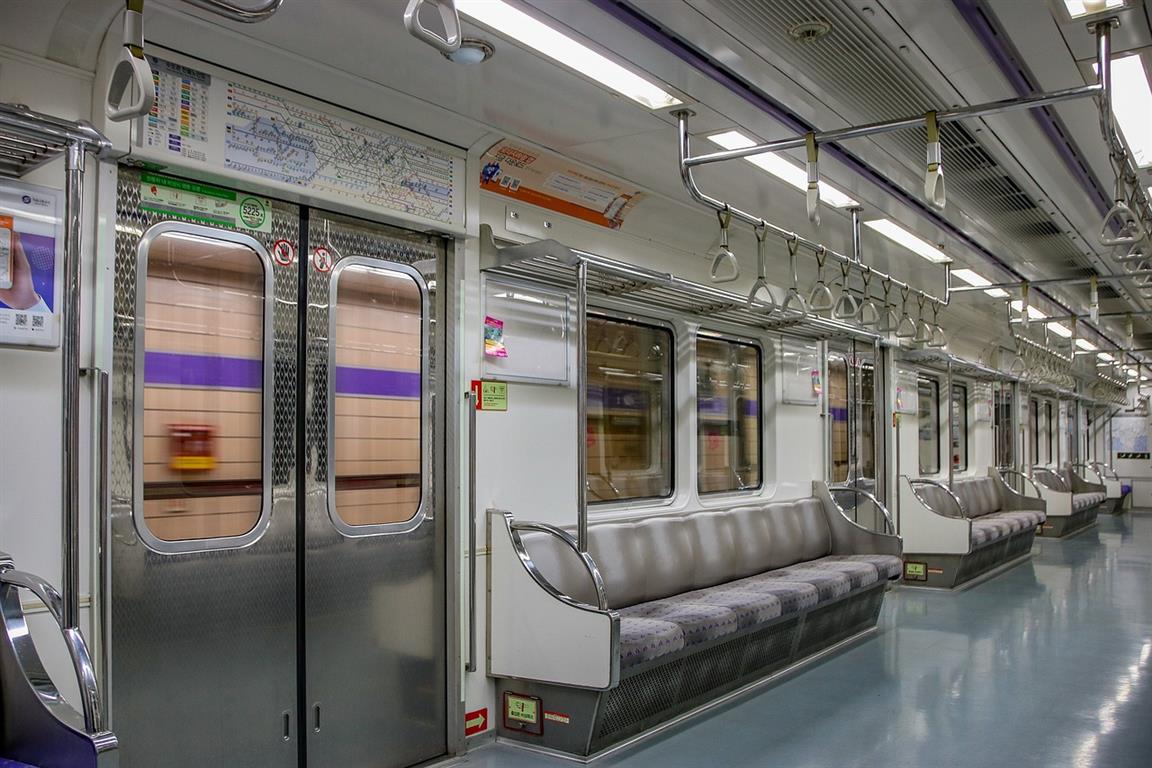
The subway system in Seoul sprawls from the Seoul Metropolitan Area to the Incheon Metropolis and Gyeonggi Province. It comprises 22 rapid transit, light metro, commuter rail and people mover lines. Certain lines continue 100 km further into the rural areas of northern Chungnam province and western Gangwon province. Three operators manage the rail system, two of which are government-funded.
Seoul's metro system is technologically advanced by being the only system with full mobile phone coverage including Wi-Fi and televisions on most trains. The Seoul metro system transports around 7.2 million passengers daily.
The metro's technological superiority is often a model studied by international subway planners. It is a proud achievement for the city, and city officials wear that mantle proudly.
However, on the downside many commuters have complained about the operating times of the subway: it closes at midnight during the week and even earlier on weekends. This is at odds with the vibrant and popular nightlife in the city.
Singapore, the most ecological and hygienic
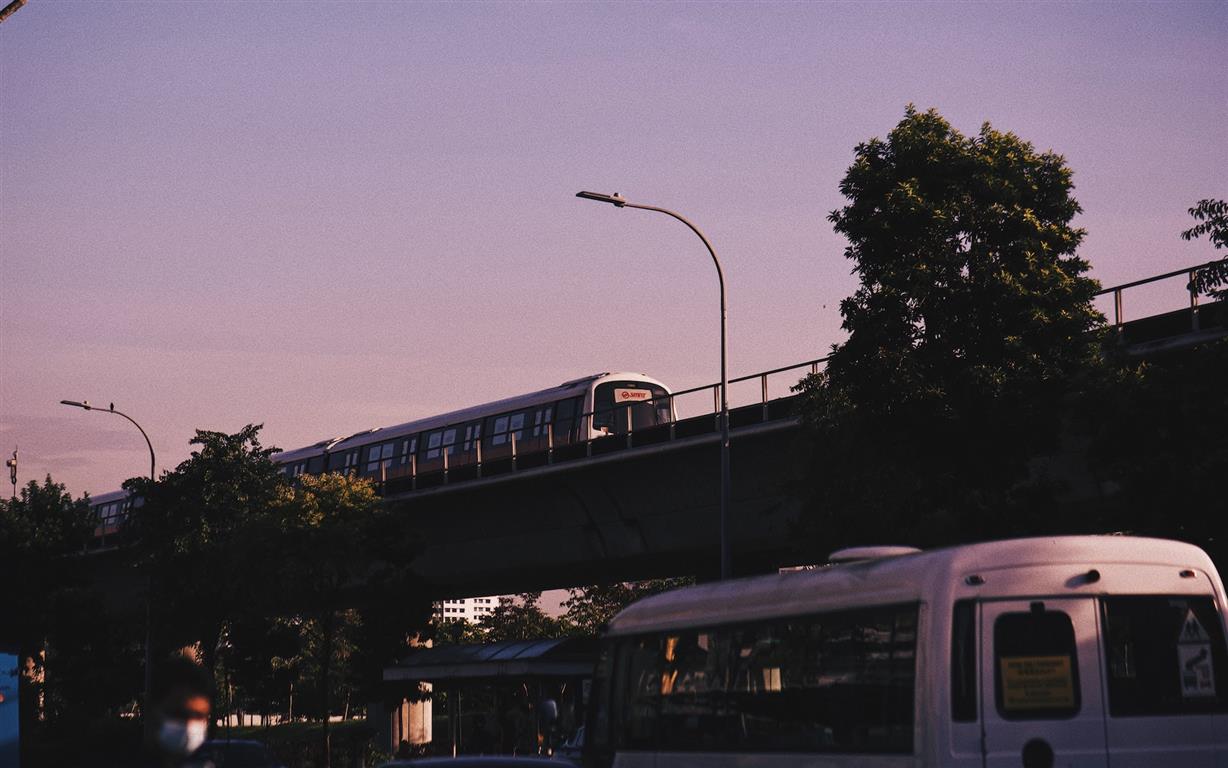
Singapore's Mass Rapid Transit (MRT) system is touted as one of the most ecological, sustainable, hygienic and efficient systems worldwide. It is also one of the safest, easy-to-use and economical systems, according to a 2018 report from global management consultancy Mckinsey.
The first phase of the network between Toa Payoh and Yio Chu Kang opened in 1987 and has since developed into a comprehensive rail network that spans the sprawling city.
In 2000, a few transit service providers were consolidated to form the modern-day Singapore MRT. It is now responsible for transporting 600 million travellers annually.
One downside of this otherwise superb metro system is the purchasing of tickets. Insufficient card machines cause long queues and subsequent delays.
Madrid, with some enormous underground stations
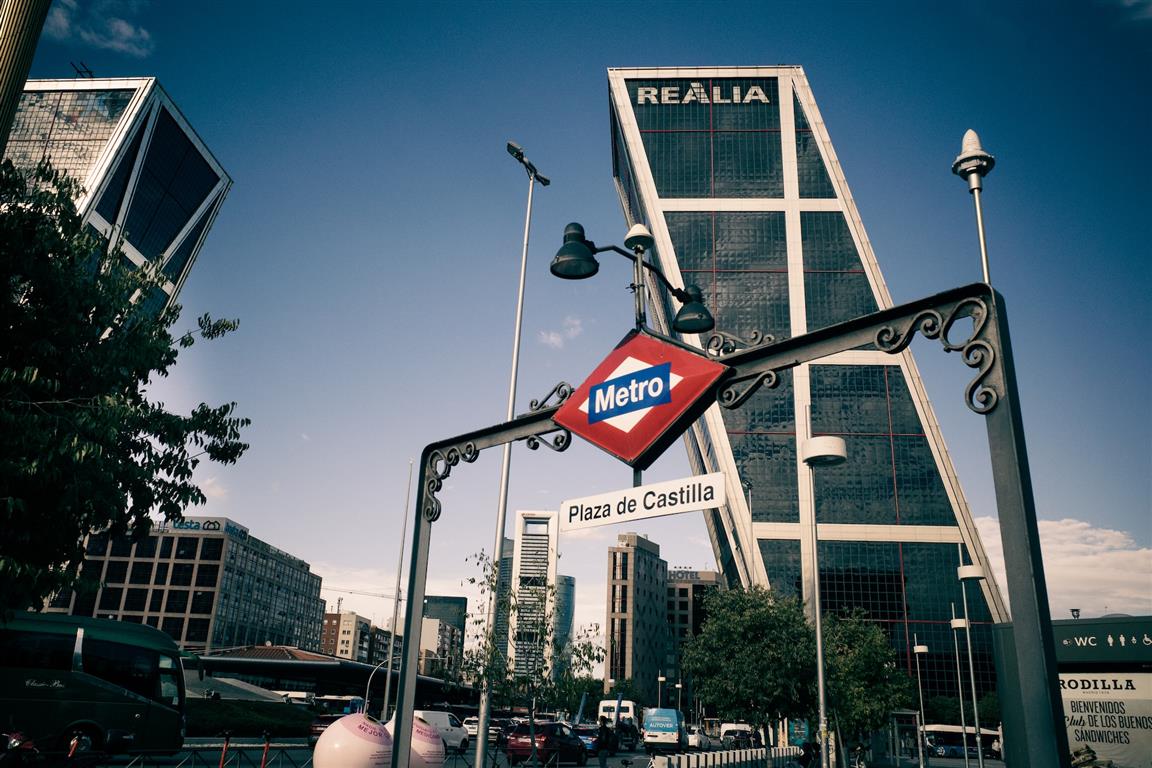
The Madrid Metro is number six on the list of longest metro systems in the world. In Europe, it features at number two, after London's Tube and before Paris'.
It comprises 21 lines with 396 stations and totals 294 km, which serves 1.5 billion travellers annually. Extensive expansion projects from 1995 to 2007 placed the Madrid Metro amongst the fastest-growing networks rivalling those in major Asian cities.
Trains run from 6 a.m. to 1:30 a.m. with extended hours during the weekends. There are different ticket options available, which can be bought at various kiosks, etc.
Some underground stations are so enormous that they can easily host public events, such as the one held in 2011, which attracted thousands of visitors over a three-day event.
Each station is unique and a treat for any art-loving passenger.
The Paco de Lucía station has a large decorative and colourful mural of the late guitarist Paco de Lucía. The Hortaleza station, which was completed in 2007, has a mosaic made up of 3,796 photographs. It honours the work that went into building the station. Artists used photographs of various stages of the construction to make up the image of the unseen columns beneath the station.
Guangzhou, one of the most recent
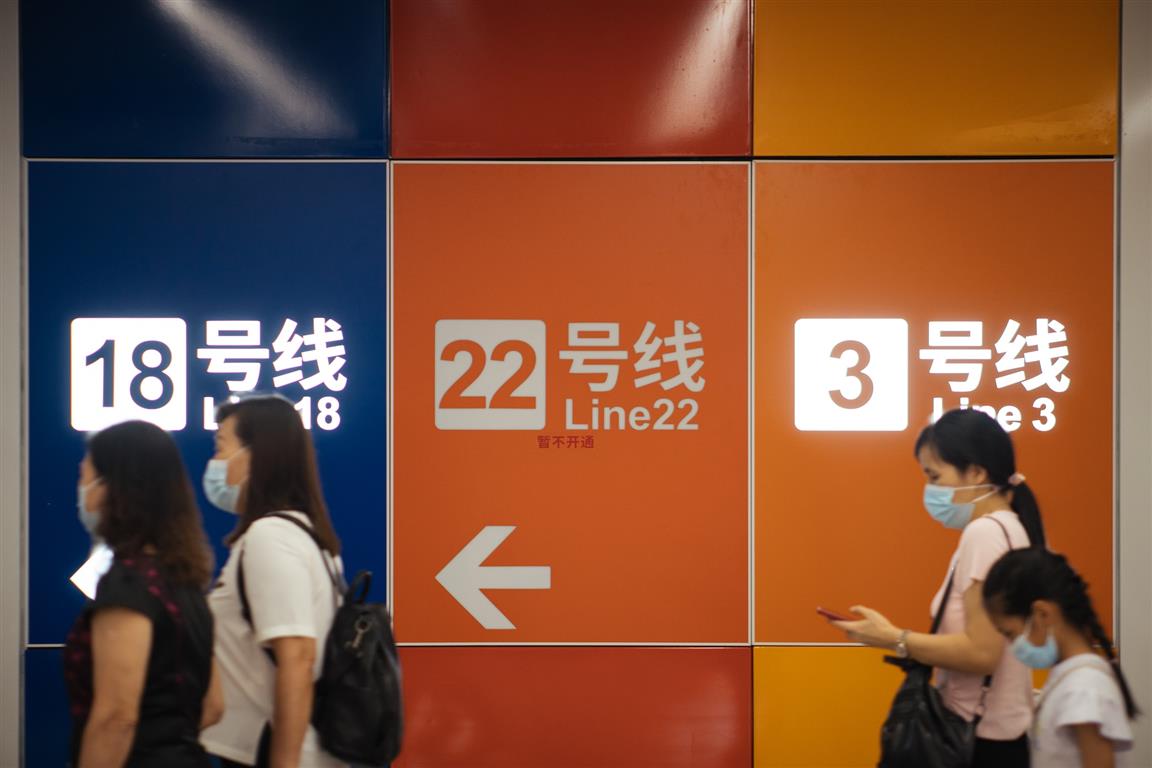
The city of Guangzhou in China opened their first metro line in 1997, and the line saw massive growth thereafter when the city was awarded the Asian Games in 2010. At the end of 2018, there were 14 active rail lines 478 km long.
The cost of a ticket is dependent on the distance you're travelling. Metro cards are available as a one-day pass that gives you unlimited trips for 24 hours. With a single journey ticket, you are eligible for only a single trip. A three-day pass makes you eligible for unlimited trips for 72 hours after you first enter the system.
Stockholm Tunnel Rail, considered the world's longest art gallery
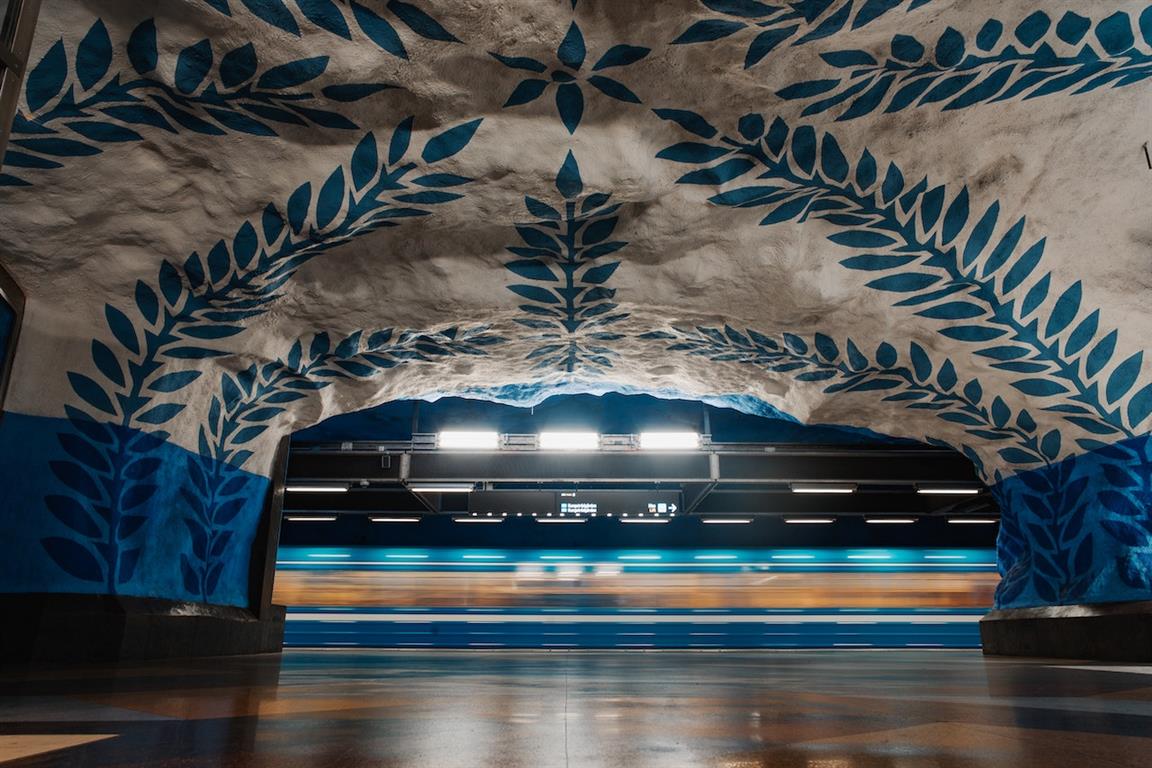
1950 was the year the first line opened, and this has expanded to 100 stations throughout the network. According to statistics collected in 2017, the metro carries about 1.2 million on a regular weekday.
The Stockholm tunnel rail is considered the world's longest art gallery.
90 of the stations are adorned with unique artwork by over 150 artists and have attracted many visitors looking to catch a peek into the city's art and culture.
There is a special tour available to view these stations that takes about 2 hours called the Stockholm Subway Art Tour itinerary.
Share your experience, participate in the discussion and leave comments in our forum HERE.
Expat Mum in the Desert and content writer for EasyExpat.com